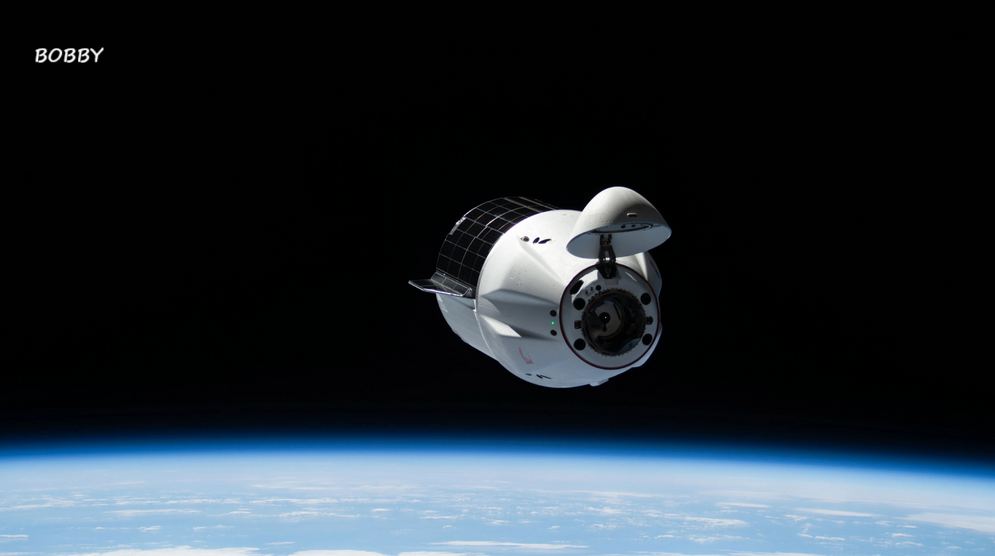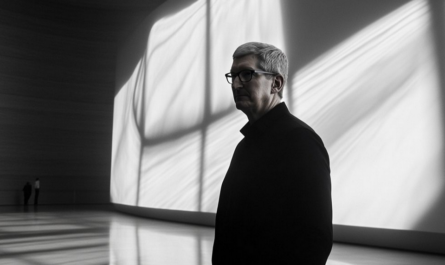The International Space Station (ISS) has reached a historic milestone — 25 years of continuous human presence in orbit. Since its first residents opened the hatch on November 2, 2000, nearly 300 individuals have lived and worked aboard the orbiting laboratory, conducting groundbreaking experiments and forging international bonds that transcend political boundaries.
Now, with only five years left before its planned retiremt in 2031, NASA is preparing for the next chapter — handing the torch to private space companies that will develop and operate their own orbital outposts, ensuring humanity’s continued presence in low-Earth orbit.
The Beginning of a New Era
The ISS’s story began on October 31, 2000, when NASA astronaut Bill Shepherd and Russian cosmonauts Sergei Krikalev and Yuri Gidzenko blasted off from Kazakhstan aboard a Russian Soyuz rocket. Two days later, they docked with a small, three-room station that was dark, humid, and far from the state-of-the-art facility it would later become.
For nearly five months, the trio worked tirelessly to make the station operational and livable. Shepherd, a former U.S. Navy SEAL, would later recall those early days as both physically and mentally demanding, but deeply rewarding. Today, Shepherd continues to advise NASA on space station matters, while Krikalev serves as a senior official within the Russian space program.
Despite tensions between the United States and Russia on Earth, cooperation in space has remained remarkably strong. “Person to person, and even space agency to space agency, relations are actually quite good,” Shepherd noted in a recent interview.
Global Participation and Space Tourism
Since that first mission, 290 people from 26 countries have visited the ISS. Seven astronauts currently inhabit the station, representing the United States, Russia, and Japan.
While most have been government-sponsored astronauts, the ISS has also hosted private visitors. The first space tourist, California businessman Dennis Tito, paid his own way to orbit in 2001 despite NASA’s initial objections. Russia, facing financial difficulties, welcomed Tito and later hosted more private guests — including a Russian film crew in 2021.
NASA has since shifted its stance, embracing commercial partnerships and space tourism. The agency now allows private missions, with crews spending up to two weeks aboard the ISS. Recent visits have included astronauts from India, Poland, and Hungary, alongside the station’s first female commander, Peggy Whitson, who reflected, “Space brings people together
Challenges and Triumphs in Orbit
Two and a half decades of operations have not been without setbacks. The ISS has weathered technical malfunctions, minor collisions, and even dangerous incidents. A spacewalk nearly ended in tragedy when an astronaut’s helmet began to fill with water. Another time, a malfunctioning docking system sent the station into a spin. Engineers have also had to manage small cracks and leaks that appear over time.
Yet the ISS has proven remarkably resilient. “It’s more than twice its design life on many systems,” Shepherd said. “The fact that it’s still functioning at this level is pretty remarkable.”
Former NASA Administrator Jim Bridenstine agreed, noting, “There’s nothing routine about operations in space — every mission is a triumph of skill, discipline, and teamwork.”
Life Aboard the Modern ISS
Today’s ISS is a far cry from the cramped, spartan quarters of 2000. The complex now spans the length of a football field, containing multiple laboratories, exercise equipment, and living modules. Astronauts can use an onboard internet phone to call loved ones, and the iconic cupola — a dome-shaped window — provides breathtaking views of Earth below.
Canadian astronaut Chris Hadfield famously performed David Bowie’s Space Oddity from that window in 2013, captivating millions back on Earth.
Astronauts now grow chile peppers, lettuce, and zinnias in experimental greenhouses, adding both nutrition and beauty to life in orbit. Even luxuries like espresso have made brief appearances, though the station still lacks basic comforts such as a shower or laundry — sponge baths and disposable clothing remain the norm.
Human Stories Among the Stars
The ISS has been home to countless personal milestones and emotional moments. Astronauts have celebrated birthdays, weddings, and even births of their children while on mission. NASA astronaut Mike Fincke famously video-called into his wife’s delivery room from orbit.
Tragedy has touched the station too. In 2007, an astronaut lost his mother to a car accident while serving aboard, and in 2011, Scott Kelly learned mid-mission that his sister-in-law, Congresswoman Gabrielle Giffords, had been shot in an assassination attempt.
Others have faced extended stays due to technical problems — most notably astronauts Butch Wilmore and Suni Williams, whose one-week test flight aboard Boeing’s Starliner capsule turned into a nine-month stay after mechanical issues forced NASA to arrange a SpaceX return.
Science in Microgravity
The ISS is not just a home in space — it’s a world-class scientific laboratory. Thousands of experiments have been conducted, from studying materials and combustion to understanding human biology in microgravity.
Medical research has been particularly valuable. A few years ago, a crew member discovered a blood clot in their jugular vein, prompting real-time treatment directed by doctors on Earth — a first for space medicine.
Perhaps the most famous ISS study was NASA’s “Twins Study,” in which astronaut Scott Kelly spent nearly a year in orbit while his identical twin, Mark Kelly, remained on Earth. Comparing their bodies revealed valuable insights into the effects of long-term spaceflight, from DNA changes to vision and immune system shifts.
The Future: Private Space Stations and ISS Retirement
NASA plans to deorbit the ISS in early 2031. SpaceX has been contracted for nearly $1 billion to safely guide the massive structure into Earth’s atmosphere, where it will burn up over the Pacific Ocean.
But before that happens, private industry will take over. Axiom Space, one of NASA’s key partners, is developing a commercial module that will initially attach to the ISS before detaching to form its own free-flying station. Other companies, including Blue Origin and Sierra Space, are also designing next-generation space habitats.
NASA hopes to maintain an unbroken human presence in orbit, ensuring that scientific research and exploration continue seamlessly after the ISS’s retirement.
A Legacy That Transcends Borders
For 25 years, the International Space Station has stood as a testament to what humanity can achieve through collaboration, courage, and curiosity. It has hosted astronauts, scientists, artists, and dreamers — people united by a shared vision of discovery.
As the ISS enters its final chapter, it leaves behind not an ending, but a foundation for the future — one where the next generation of explorers will continue the journey, not just as astronauts representing nations, but as citizens of Earth reaching for the stars.




